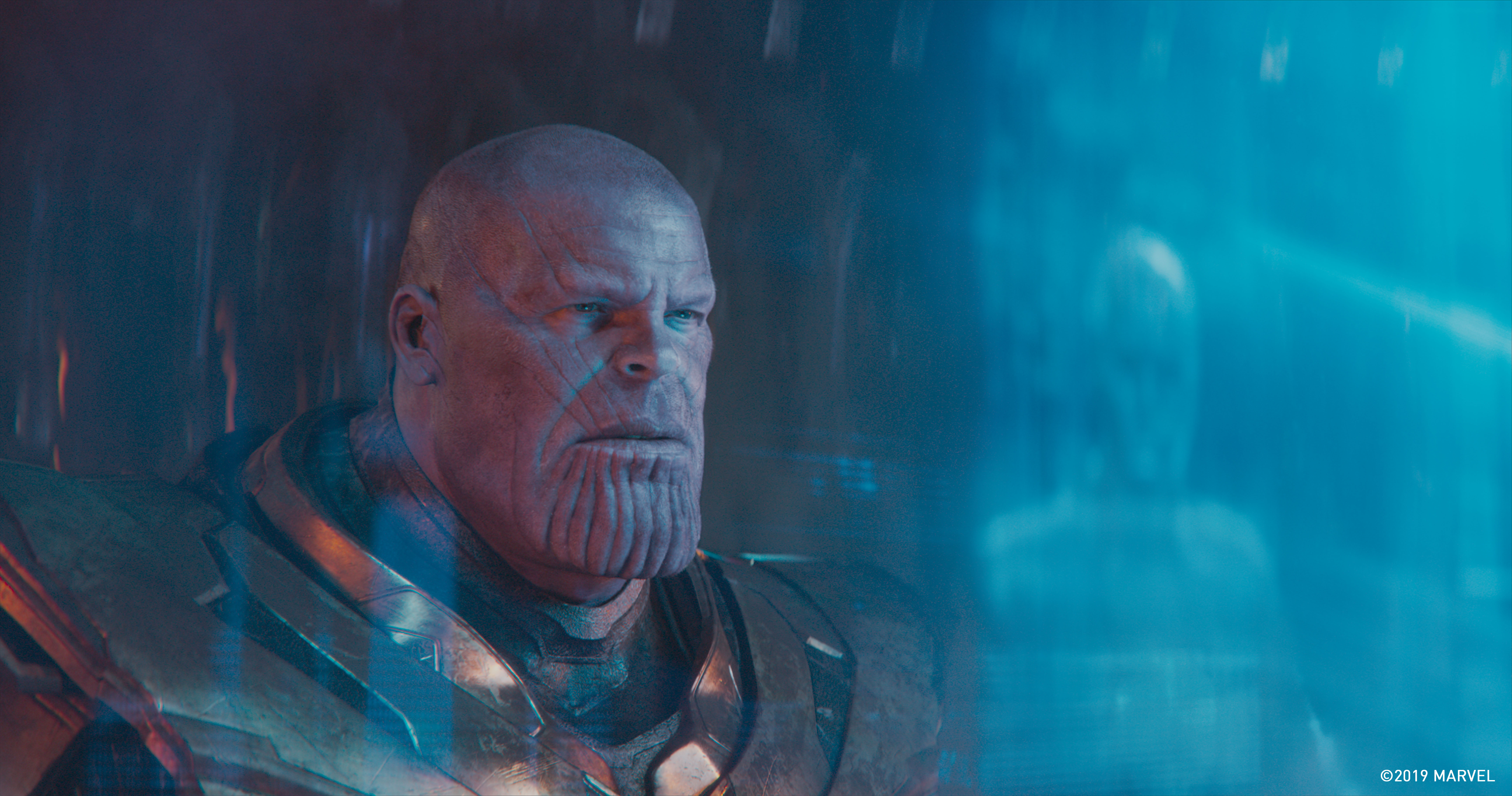
Chaos Group has released V-Ray 5 for Maya. V-Ray has been used by 3D artists and Studios for animation and visual effects for more than 10 years and it has always met their expectations. V-Ray 5 for Maya offers its extensive rendering toolset with integrated compositing, interactive light mixing, powerful scene management, and more.
Redesigned V-Ray Frame Buffer offers more freedom and options to the artists. A new layer-based compositor in V-Ray Frame Buffer helps artists combine render passes, set blending modes, and adjust colors without leaving the app. Another feature in V-Ray Frame Buffer is Light Mix. It uses a single render to create a lot of lighting scenarios. The artists can adjust color and light intensity immediately without rendering again. The lights in the scene can be updated after achieving the desired look.
V-Ray 5 for Maya also offers features like Light Path Expressions and V-Ray Proxy node. Users can make their own render passes and have better control in compositing using Light Path Expressions. They can use timesaving presets or write their custom expressions to output specific light contributions. Expressions can even be combined with Boolean operations.
Fast and easy to use V-Ray Proxy node loads proxies in the background. Artists are able to select, hide, or assign materials to different objects inside the proxies using a new hierarchy view and start working right away. Rules can also be created, making it easier to modify multiple objects at once.
Other features in V-Ray 5 include:
- Native ACEScg Support—Artists can now create color-accurate workflows in the new standard for professional production. Once selected, V-Ray makes automatic colorspace adjustments for textures, dispersion, sun & sky and light temperature, bringing immediate consistency to a shot.
- Coat Layer—The updated V-Ray Material can now generate reflective coatings on surfaces without the use of blend materials.
- Sheen Layer—Easily simulate soft, microfiber fabrics like velvet, satin and silk inside the updated V-Ray Material.
- V-Ray GPU Updates—V-Ray GPU supports every new feature in V-Ray 5, as well as 2D displacement, OSL textures and memory tracking. Initial support for out-of-core geometry has also been added to help users render scenes when they are too big for a GPU’s RAM.
- Material Presets—Save time making common materials with new presets for metals, plastics, glass and more. Presets for common hair colors like blonde, brown and black have been added as well.
- Texture Randomization—For more realistic textures and materials, artists can now add more variety and subtle imperfections with the new VRayUVWRandomizer map and improved VRayMultiSubTex controls.
- Stochastic Texture Tiling—Automatically remove tiling artifacts with the new VRayUVWRandomizer.
- Dirt and Weathering—With the improved V-Ray Dirt texture, users can add dirt to cracks and crevices, create procedural streaks or cover an entire surface.
- New Sun and Sky Model—Improves accuracy when the sun is at the horizon, including the magic hours right before sunrise and after sunset.
- Blue Noise Sampling—New algorithm update can make images (and noise) look cleaner through fewer samples.
- Filmic Tonemapping—HDR images can now mimic the properties of film to give images a cinematic look.
Pricing and availability
V-Ray 5 for Maya is available now for Windows, Linux, and Mac OSX. A perpetual license is priced at $1,180, with upgrades available for $590. Term licensing is available at $470 (annually) and $80 (monthly). V-Ray 5 for Maya is also included in V-Ray Collection, an annual plan that gives users full access to 15 Chaos Group products and services for $699/year. A free 30-day trial is also available here.





